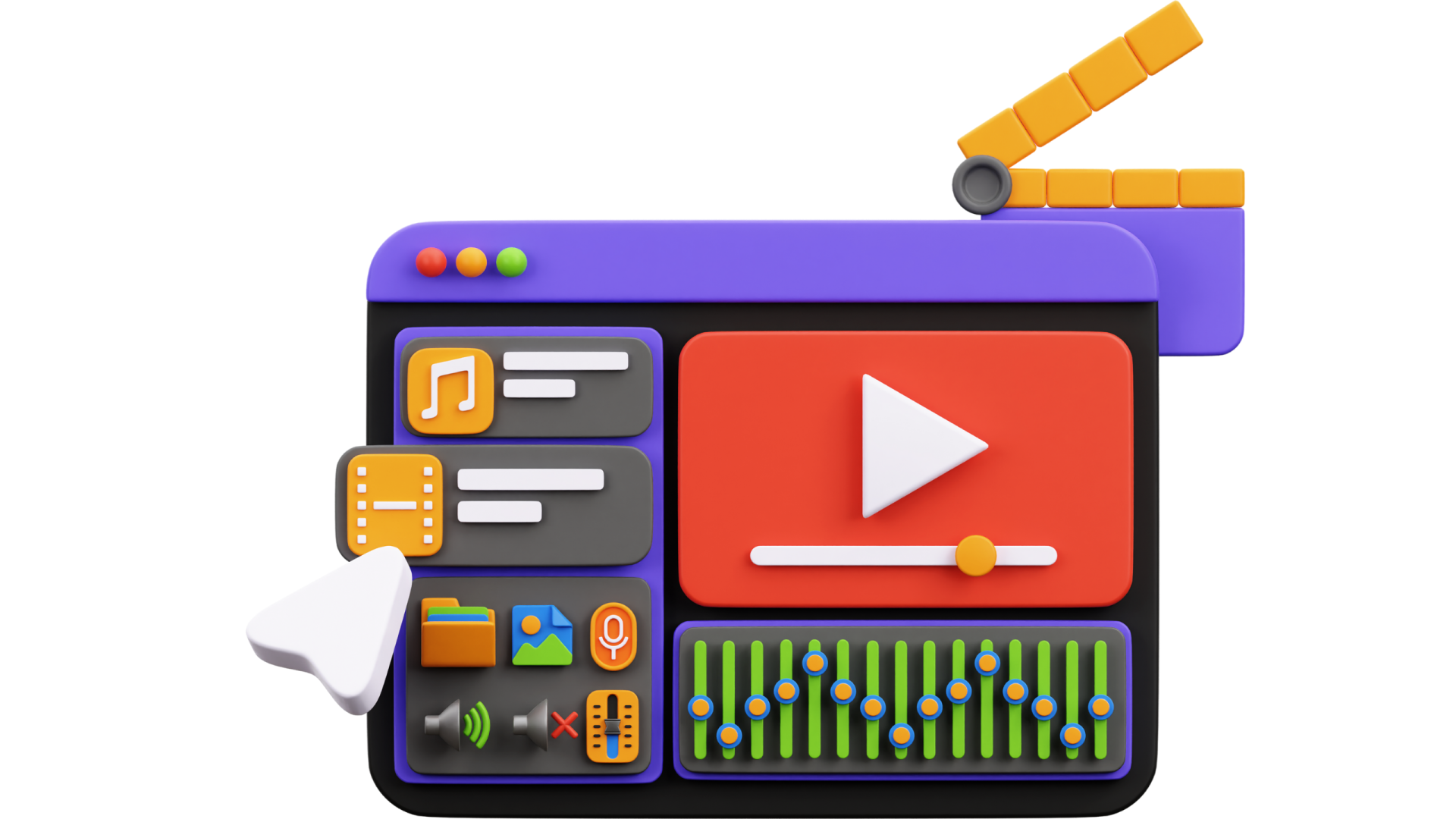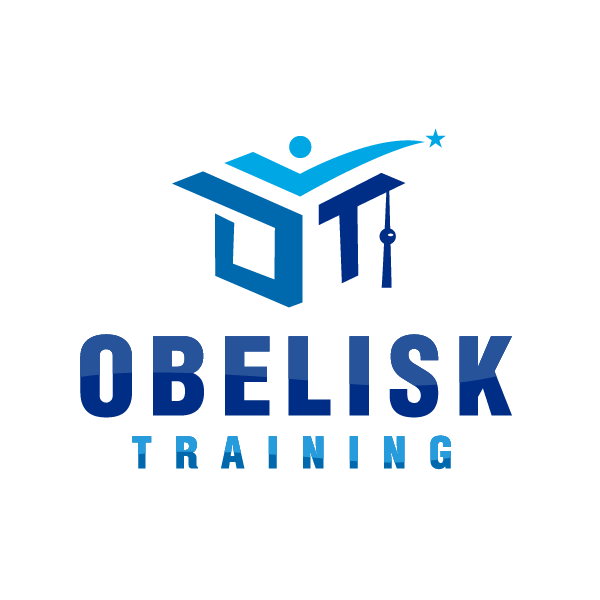Introduction
The Importance of Digital Content Creation
Types of Digital Content

Blog Posts

Videos

Infographics

Social Media Posts

Podcasts
Understanding Your Target Audience
Creating a Content Strategy

Creating digital content without a strategy is like trying to navigate without a map. It's crucial to have a clear plan in place to ensure that your content efforts are aligned with your goals and objectives. A content strategy will guide you in creating, distributing, and measuring the success of your content.
Keyword Research for Content Creation
Writing Engaging and Informative Content

Know Your Audience

Create a Captivating Headline

Provide Value

Use Subheadings and Bullet Points

Incorporate Visuals

Use a Conversational Tone

Edit and Proofread
Optimizing Content for Search Engines

Using Visuals in Digital Content


